RARE! WWII 1944 PHILIPPINE ISLANDS "RESTRICTED" Pacific Theater U.S. Army Air Forces - Special Air Navigation Chart (B-29, B-24, B-25)*

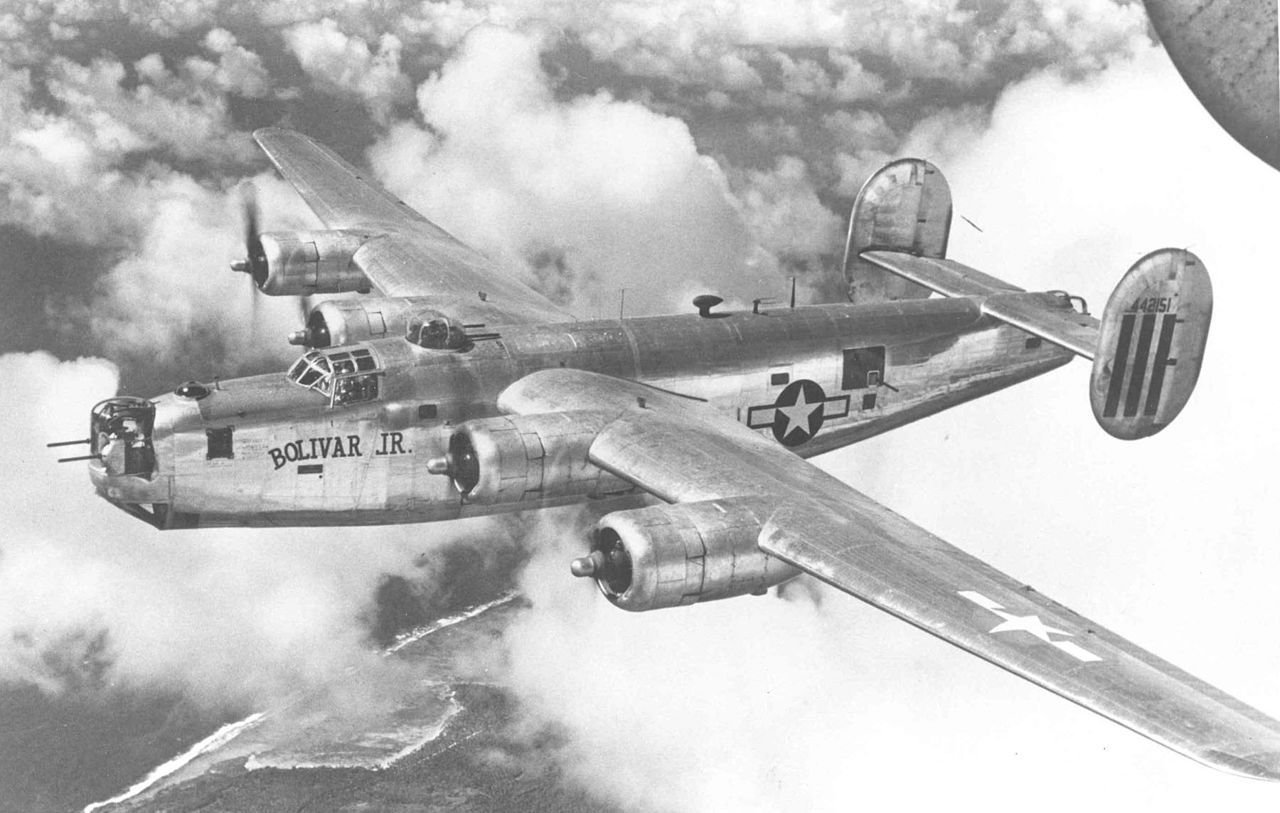




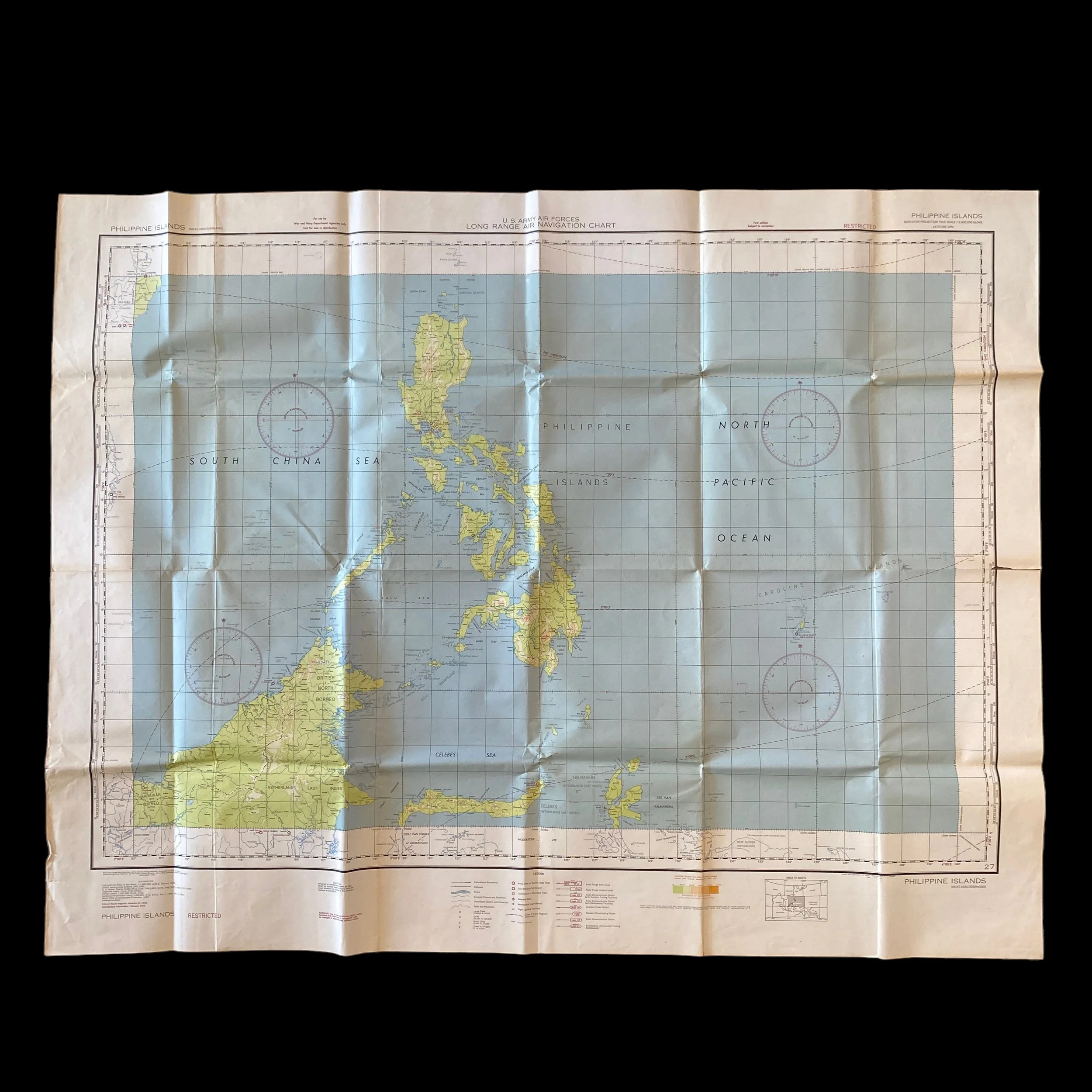







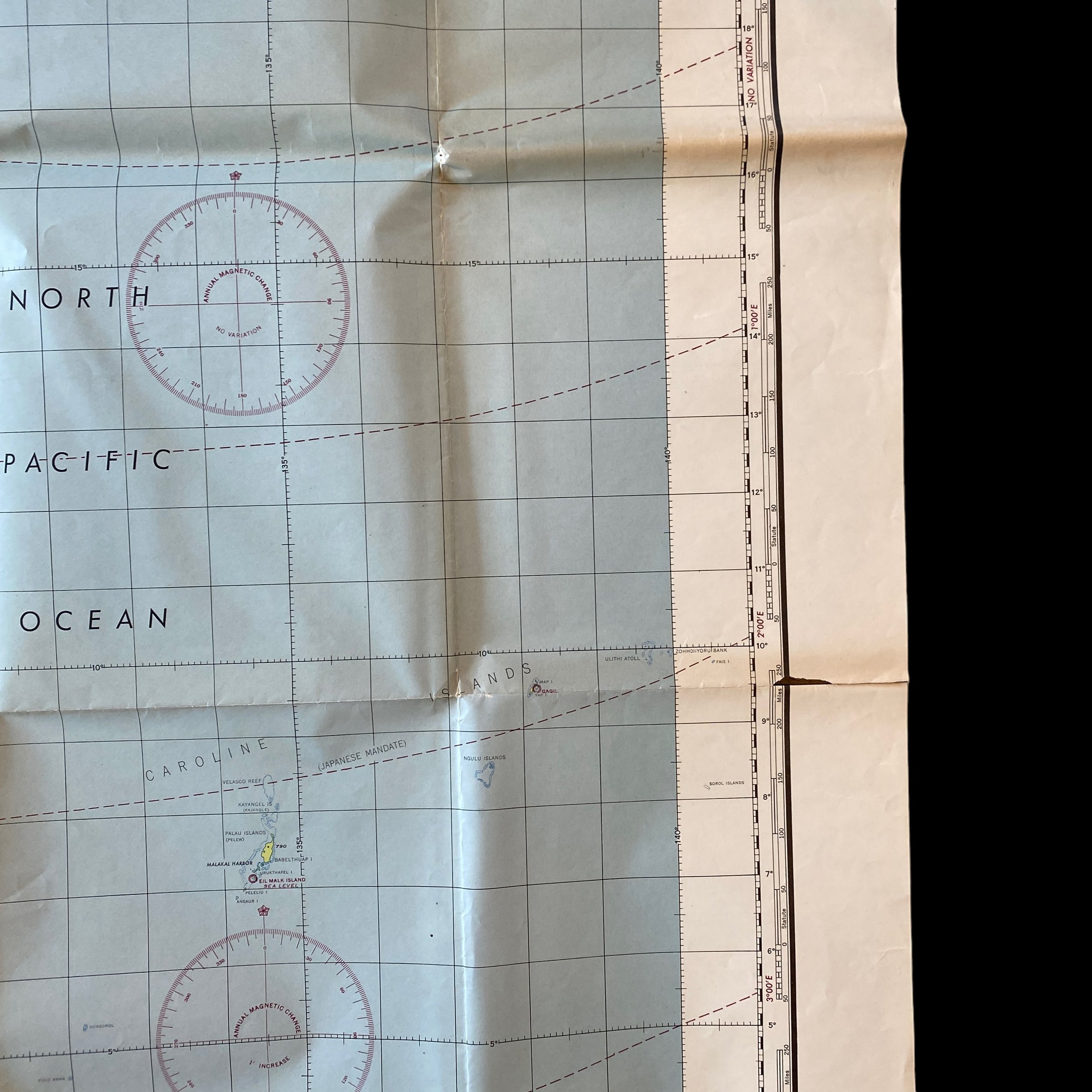
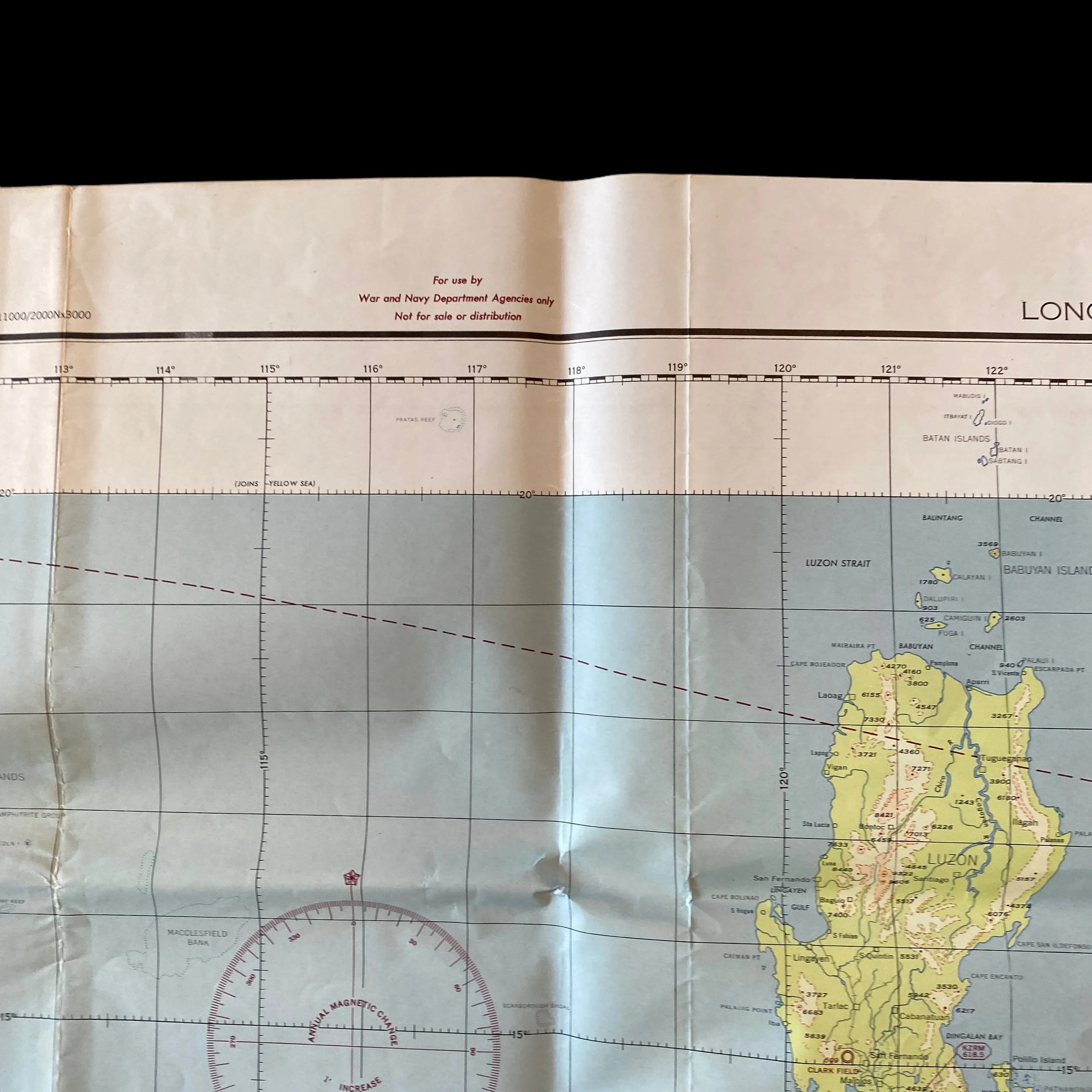







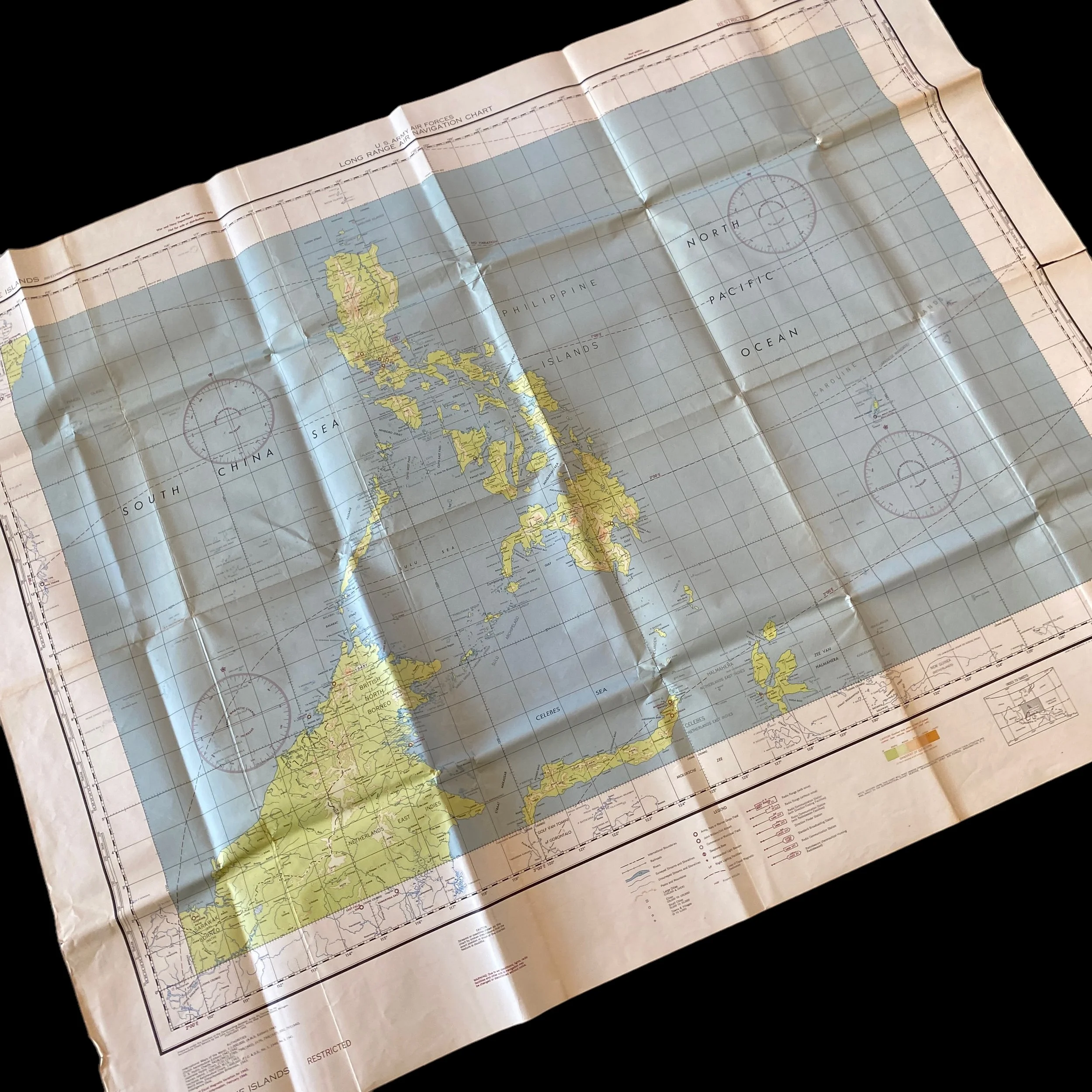









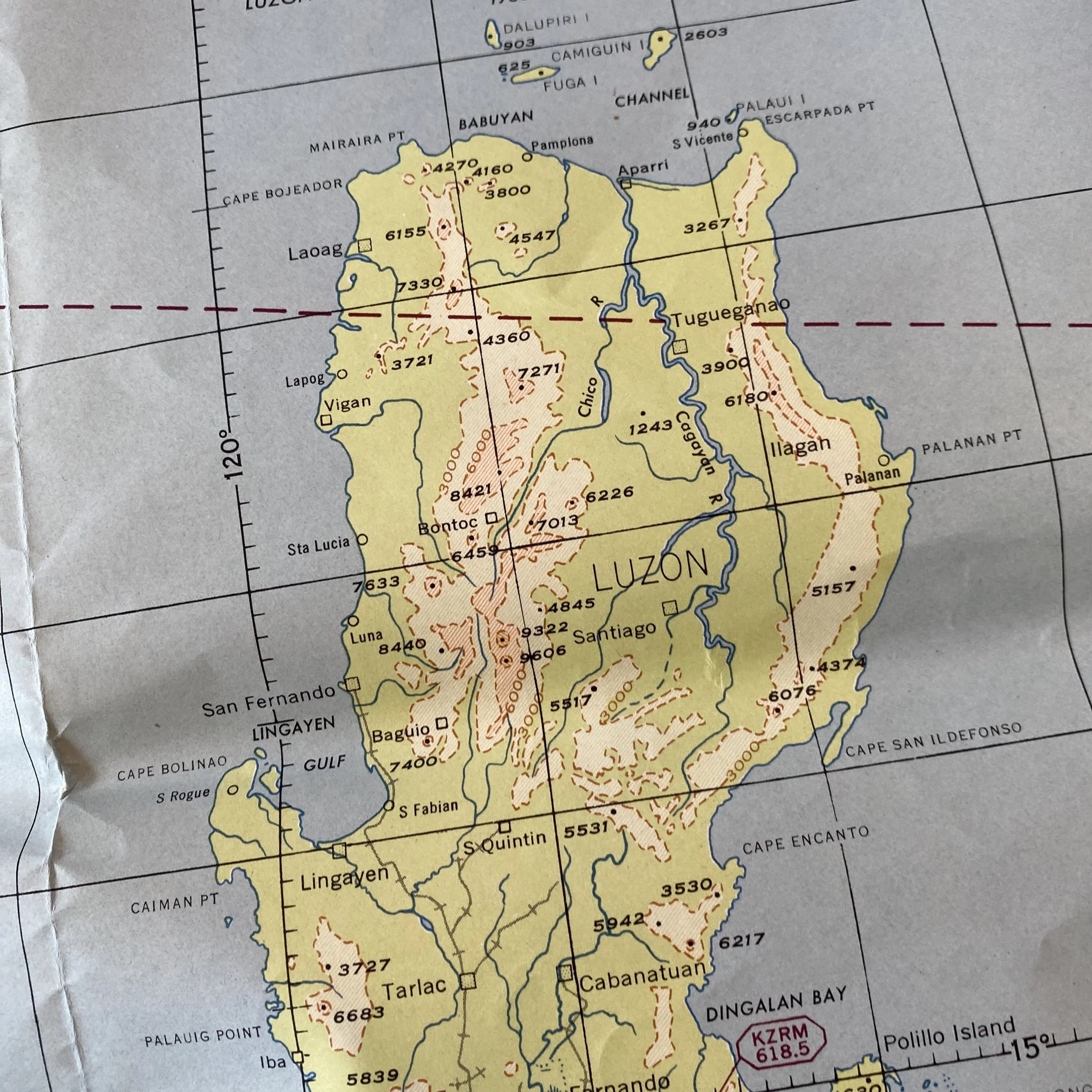

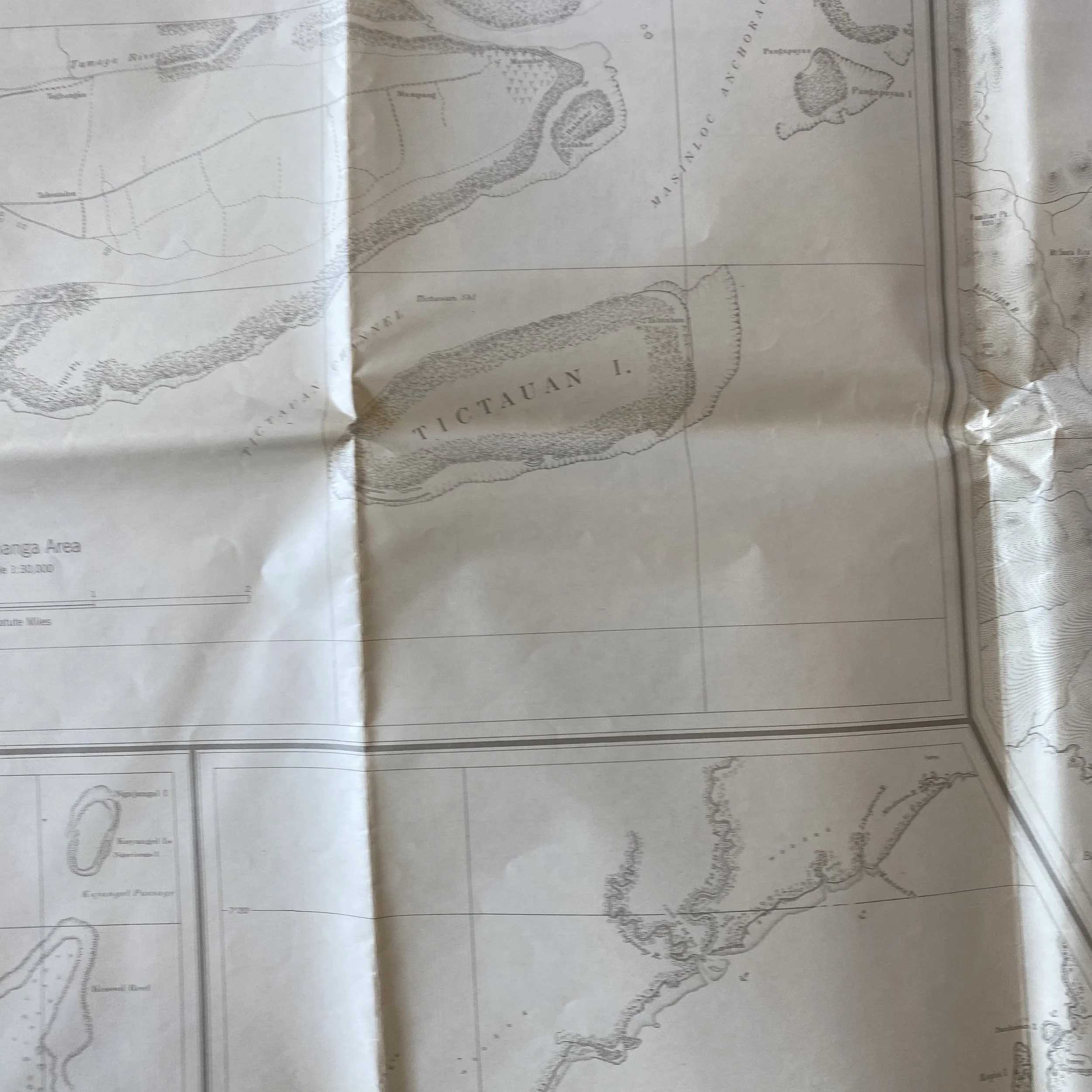
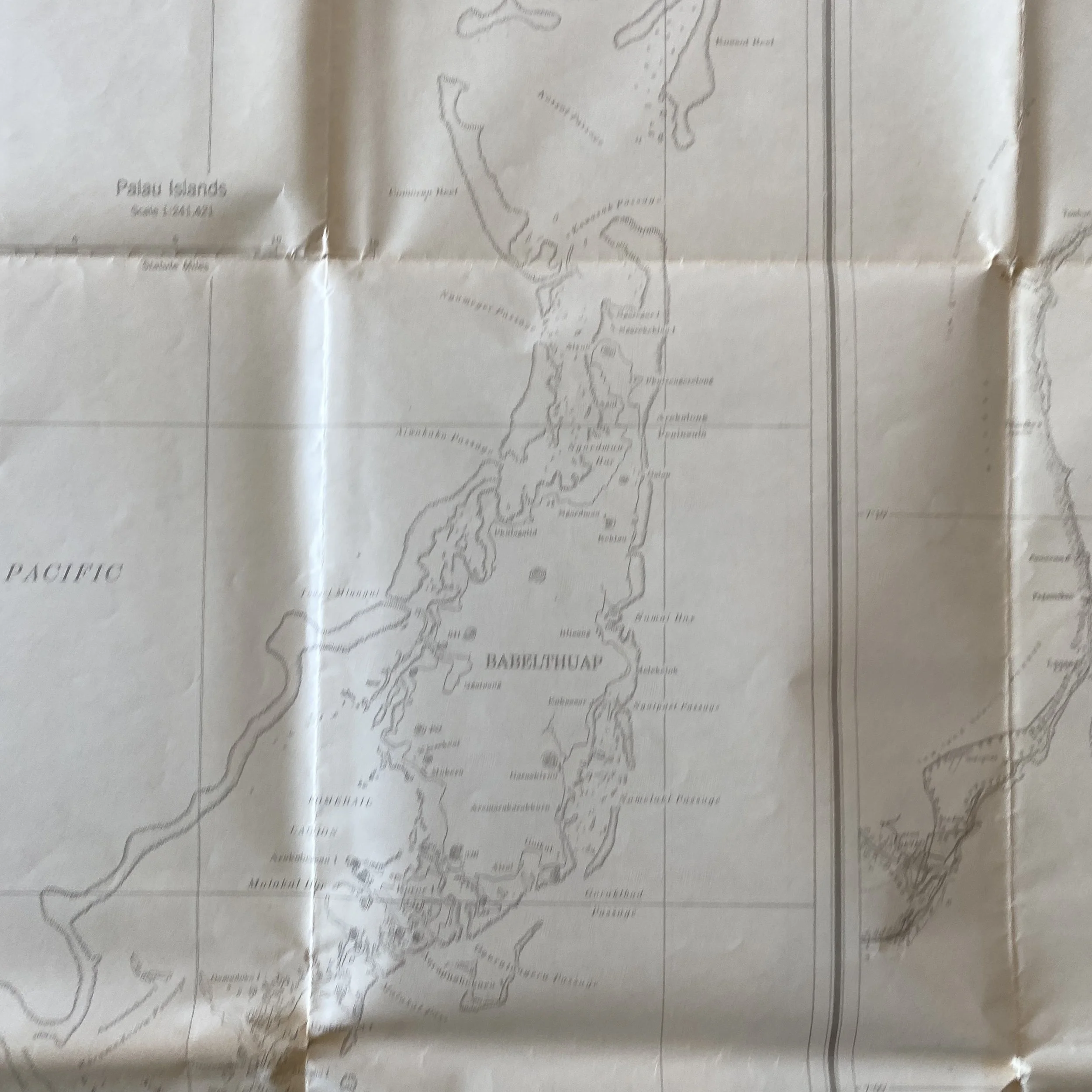

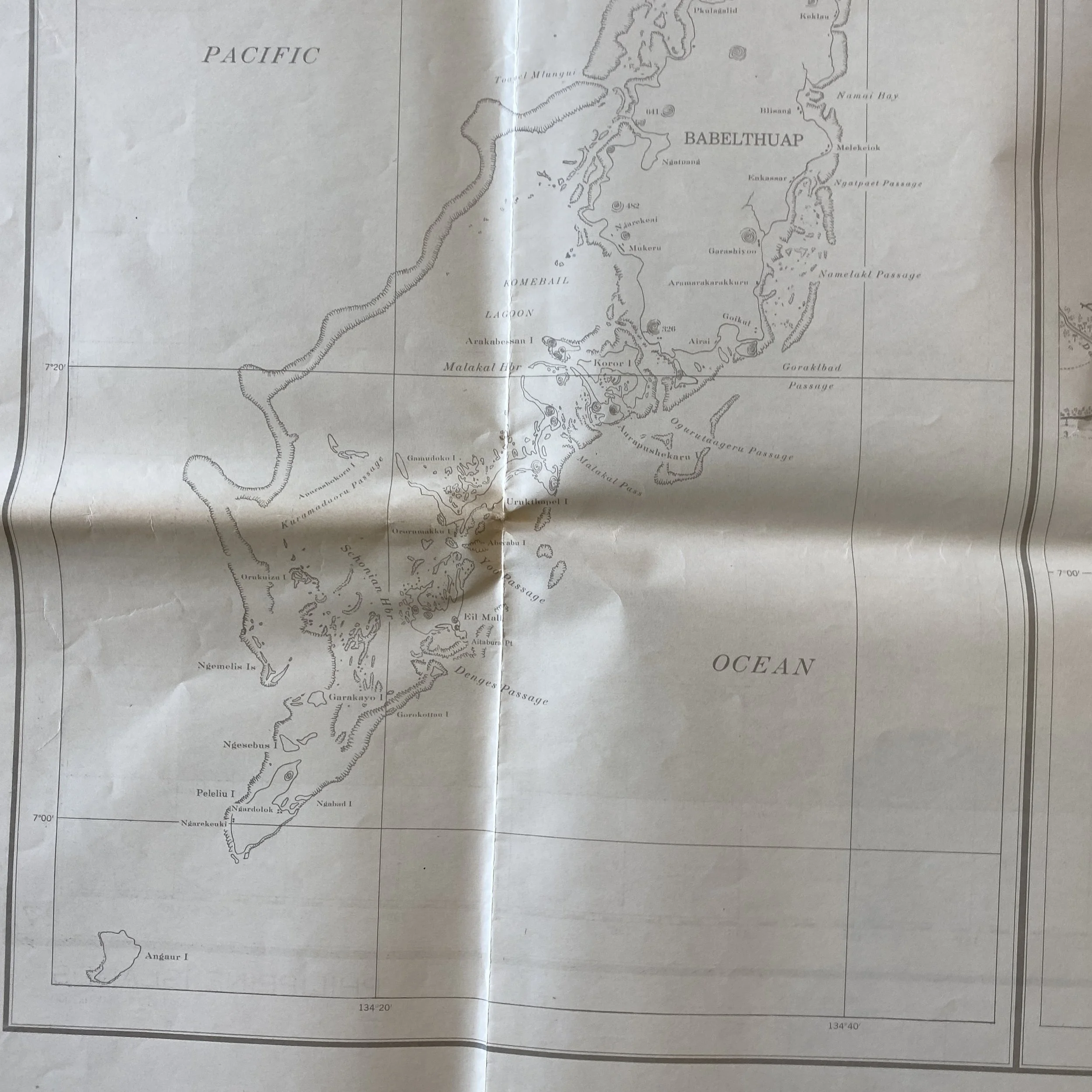


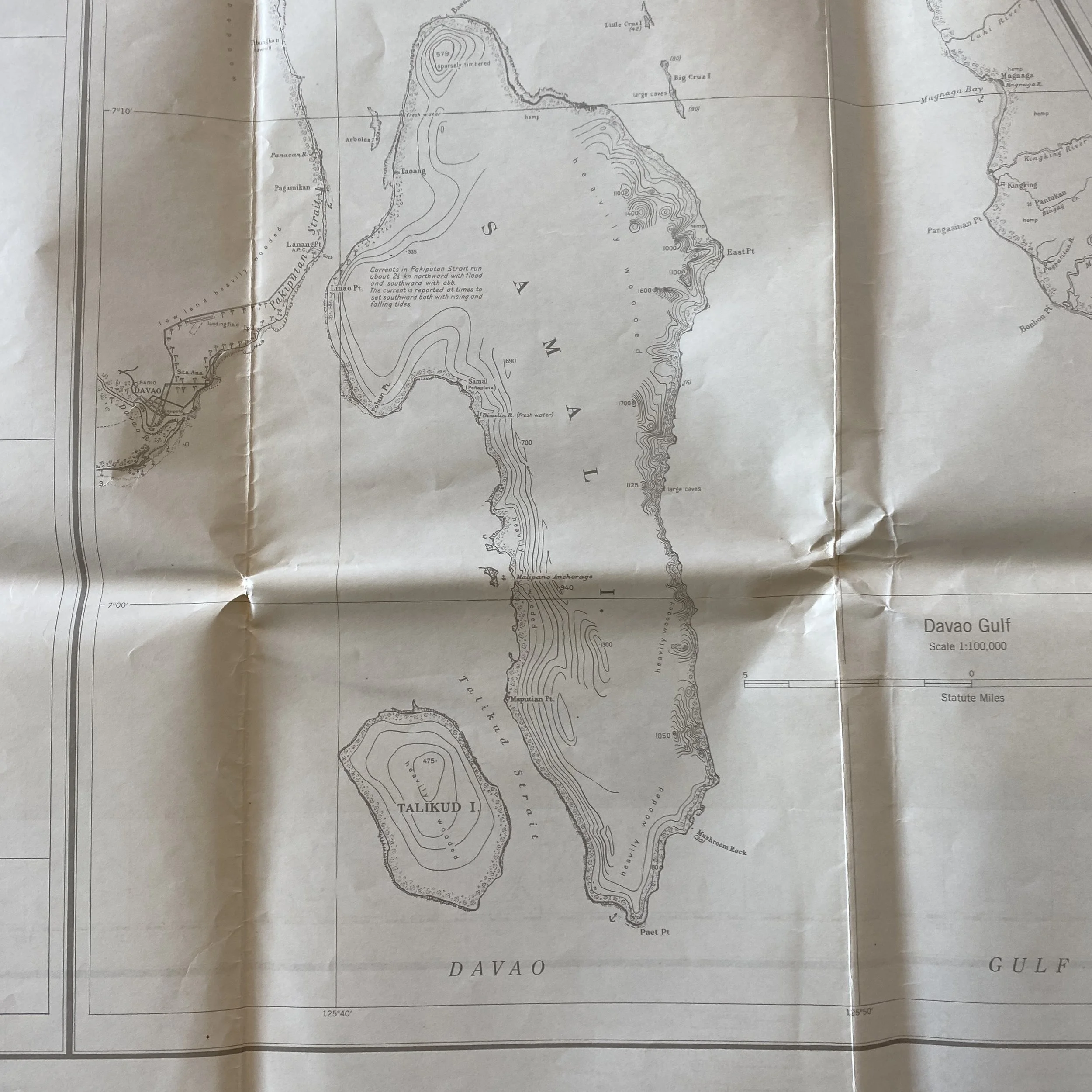



RARE! WWII 1944 PHILIPPINE ISLANDS "RESTRICTED" Pacific Theater U.S. Army Air Forces - Special Air Navigation Chart (B-29, B-24, B-25)*
Comes with C.O.A.
This rare and museum-grade World War II USAAF aerial mission map (double-sided) is titled "U.S. Army Air Forces - Special Air Navigation Chart" and was printed in FEBRUARY 1944. This Pacific Theater navigation map was used by U.S. heavy bombers operating in the Pacific Theater from 1944 and 1945. This navigational map was used by U.S. pilots and navigators of the B-29, B-24, B-25, and other heavy bomber aircraft.
Marked RESTRICTED, this combat was used by U.S. aircraft operations around the PHILIPPINE ISLANDS, NORTH EAST INDIES, BORENO, LUZON, & CELEBES.
The year 1944 marked a pivotal phase in the Pacific Theater of World War II, as Allied forces, primarily led by the United States, launched a series of strategic operations around the Philippine Islands, North East Indies, Borneo, Luzon, and Celebes. These campaigns were crucial in dismantling Japanese imperial ambitions and reclaiming territories that were key to the Allied war effort. The U.S. military's operations in this region played a significant role in reshaping the balance of power in the Pacific and ultimately leading to Japan's surrender in 1945.
Philippine Islands: The Return of MacArthur (1944-1945):
The Philippines had been under Japanese occupation since 1942, and its recapture became a top priority for the Allies. General Douglas MacArthur, who famously vowed to return, orchestrated a bold amphibious assault on the island of Leyte in October 1944, in an operation codenamed "Operation King II." This marked the beginning of the Philippines campaign, a series of engagements aimed at liberating the archipelago. The Battle of Leyte Gulf, one of the largest naval battles in history, ensued, resulting in a decisive Allied victory. The successful liberation of Leyte laid the groundwork for subsequent operations in the Philippines.
The Battle of Manila in 1945 was particularly brutal, as American forces fought house-to-house against entrenched Japanese defenders. The recapture of the capital was a symbolic victory and paved the way for the eventual liberation of the entire archipelago. The Philippines campaign showcased the determination of the Allied forces and the success of their island-hopping strategy.
North East Indies: Strangling Japan's Resource Routes:
The North East Indies, encompassing territories like the Dutch East Indies, were crucial to Japan's war effort due to their vast resources, including oil. Recognizing the strategic importance of these territories, the Allies initiated a series of amphibious assaults to cut off Japan's resource routes. Operations like the Battle of Morotai (1944) and the Battle of Tarakan (1945) aimed at securing airfields and denying the Japanese access to essential supplies.
These operations were not only militarily significant but also played a crucial role in undermining Japan's economic sustainability. The North East Indies campaign disrupted Japan's ability to sustain its war machine, ultimately contributing to the weakening of its military capabilities.
Borneo: The Costly Campaign for Liberation (1945):
Borneo, the third-largest island in the world, became another focal point in the Allied strategy to liberate the Pacific. The Battle of Borneo (1945) involved amphibious landings on various parts of the island, with Australian and American forces playing a central role. The objective was to secure airfields and strategic points, cutting off Japanese communication lines and establishing bases for future operations.
While the Borneo campaign was successful, it came at a high cost. The rugged terrain and determined Japanese resistance led to heavy casualties on both sides. The campaign's necessity, however, lay in its contribution to the overall strategy of isolating Japan and reducing its ability to wage war effectively.
Luzon: Liberation of the Philippines Mainland (1945):
Luzon, the largest island in the Philippines and home to the capital city of Manila, was a key target for the Allies in their bid to fully liberate the archipelago. The Battle of Luzon (1945) witnessed fierce fighting as American and Filipino forces faced well-entrenched Japanese defenders. The capture of Manila in February 1945 marked a significant turning point, symbolizing the end of Japanese control over the Philippines.
The Luzon campaign showcased the adaptability and resilience of the Allied forces, as they confronted challenging terrain and formidable Japanese defenses. The success in Luzon paved the way for the final stages of the Pacific War.
Celebes: Closing the Ring (1945):
The Celebes campaign, though relatively less known, played a vital role in closing the ring around Japan. Operation Oboe I and II, conducted by Australian forces in mid-1945, aimed at capturing key airfields on the island of Celebes. This operation further isolated Japanese forces and contributed to the overall strategy of strangling Japan's ability to resist.
The U.S. operations in the Philippine Islands, North East Indies, Borneo, Luzon, and Celebes during 1944 and 1945 were integral to the Allied victory in the Pacific Theater. These campaigns showcased strategic innovation, amphibious prowess, and the determination of Allied forces to reclaim territories occupied by the Japanese. The success of these operations marked a turning point in the Pacific War, contributing significantly to Japan's ultimate defeat in 1945. The sacrifices made during these campaigns underscored the human cost of war and the resolve of nations united against aggression.